How To Keep Your AR Running, Part 1: AR History
How To Keep Your AR Running, Part 1: AR History
- How To Keep Your AR Running, Part 1: AR History
- How to Keep Your AR Running, Part 2: Nomenclature and Cycle of Operation
- How to Keep Your AR Running, Part 3: Limited Technical Inspection
Many people own AR’s, but unfortunately don’t know the first thing about the history, functionality or even what spare parts to have on hand to ensure success.
We hope to change that with this multi-part series focused on the simple things you can do to keep your AR15/M16 running.
Today we’re going to look at a brief history of the platform and what makes it tick. We feel that only by truly understanding the history and functionality of the weapon, will you be able to master the AR and depend on it.
History
 The development of the AR weapon system dates back to the reluctant need for a replacement of the M14, the go-to Military Rifle coming out of WWII that itself replaced the M1 and Browning Automatic Rifles.
The development of the AR weapon system dates back to the reluctant need for a replacement of the M14, the go-to Military Rifle coming out of WWII that itself replaced the M1 and Browning Automatic Rifles.
Need to find a replacement for the M14 was due to the heavy weight of the system, a soldier’s inability to carry large amounts of ammunition and its effective range. As we’ve witnessed with the recent Army transition to MultiCam, there was a strong hesitation to find a different platform.
AR10
 Eugene M. Stoner’s 7.62 mm AR10, which he’d developed while working for ArmaLite, had been a success in trials for an M1 replacement but had failed to become adopted. Based on Stoner’s design, the Army contacted him in 1956 to develop a smaller version of the AR10. By 1957, Stoner had produced the AR15 in .223, a small caliber Rifle Cartridge that was given the designation after he’d requested the Remington .222 be made to fire a 55-grain bullet.
Eugene M. Stoner’s 7.62 mm AR10, which he’d developed while working for ArmaLite, had been a success in trials for an M1 replacement but had failed to become adopted. Based on Stoner’s design, the Army contacted him in 1956 to develop a smaller version of the AR10. By 1957, Stoner had produced the AR15 in .223, a small caliber Rifle Cartridge that was given the designation after he’d requested the Remington .222 be made to fire a 55-grain bullet.
While the AR15 was licensed to Colt Manufacturing Company in 1959, they retained the ArmaLite nomenclature. All markings on early Colt AR15 rifles, magazines and manuals were marked with ArmaLite’s name. In fact, the AR designation still in use today stands for ArmaLite.
Originally turned down for M14 replacement in 1958 tests, the AR15 was continually pushed via the Air Force. General LeMay, USAF Chief of Staff, requested an order of 80,000 AR-15s, but was turned down by President Kennedy after being advised against having two different calibers in the military system.
With a push from ARPA’s (Advanced Research Projects Agency) AGILE Program, an initial ten AR15s were fielded to South Vietnam. After an enthusiastic reception, another 1,000 were sent for testing by U.S. Army Special Forces and the South Vietnamese.
M16
 Due to the overwhelming response and killing power of the AR15, Secretary of Defense Robert MacNamara ordered M-14 production to stop in 1963 and an adoption of the M16 in two variants.
Due to the overwhelming response and killing power of the AR15, Secretary of Defense Robert MacNamara ordered M-14 production to stop in 1963 and an adoption of the M16 in two variants.
The XM16E1, which included a disputed addition of a forward assist, and the standard M-16 without the forward assist.
An order of 85,000 XM16E1s were purchased in 1963 destined for Vietnam, as well as 19,000 M16s for the Air Force. This original procurement was despite reports of deficiencies and lack of a chrome-lined bore and chamber.
M16A1
 As the newly manufactured XM16E1 rolled out it was renamed to the M16A1. By 1965 it was the Military service rifle, but it would not be without faults.
As the newly manufactured XM16E1 rolled out it was renamed to the M16A1. By 1965 it was the Military service rifle, but it would not be without faults.
This is where it becomes increasingly important to understand the history, as these early problems that plagued the M16 led to future developments. In fact, the original M16s from Colt were never issued with a cleaning kit, as Colt stated they didn’t require as much maintenance as other rifles.
M16 Malfunctions
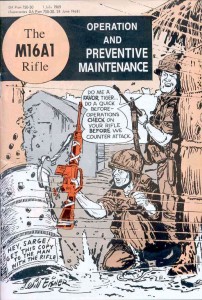 When developing the .223 (5.56 mm) cartridge, Stoner used a type of gunpowder known as IMR powder. With the IMR powder, the then AR15 was highly reliable, but the Army had converted to the use of ball type powder in its cartridges, which was cheaper to produce and had completely different ballistic characteristics.
When developing the .223 (5.56 mm) cartridge, Stoner used a type of gunpowder known as IMR powder. With the IMR powder, the then AR15 was highly reliable, but the Army had converted to the use of ball type powder in its cartridges, which was cheaper to produce and had completely different ballistic characteristics.
Between 1965 and 1967, several major problems, centering on the direct-gas action and the lack of maintenance equipment, occurred with the M16 in combat. The use of cheap ball gunpowder left a very sticky residue in the barrel and the gas tube.
Since the barrel wasn’t chrome-lined and no cleaning equipment and/or lubricants were available, it hardened quickly and soon made the rifle inoperable. The residue also caused spent casings to become stuck in the chamber and the rifle suffered a rim/shear extraction failure, where the bolt’s extractor tore off a portion of the end of the spent casing, leaving the rest of the case stuck in the chamber.
The case often had to be removed by the untrained troops with a cleaning rod shoved down the muzzle. The “untrained” nature of the typical grunt proved to be yet another blow to the M16.
A Congressional Subcommittee ruled in 1967 that the malfunctions were largely caused by Army mismanagement. To correct the M16’s fouling problems, the formulation of the ball gunpowder used in the 5.56mm M193 Ball cartridge was changed by reducing the level of calcium carbonate (CaCO3 – limestone, used as an acid neutralizer to extend shelf life) from 1% to .25%, less than half the amount shown to clog the M16’s gas tube.
Additionally, a new heavier weight buffer was developed to reduce cyclic rates back to normal and the chamber and bore eventually received a chrome-lined treatment. A cleaning kit was finally developed as well, along with a new butt-stock able to store the cleaning kit in the rifle. Finally, a massive training program on how to properly maintain the M16 was instituted using a rifle maintenance comic book.
CAR15
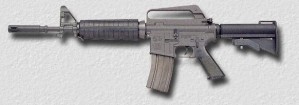 As early as 1965, Colt engineers first designed a carbine version of the M16, called the CAR15. It utilized a collapsible, sliding butt-stock, 10″ long barrel and a long flash hider/muzzle compensator to control the loud report and huge muzzle flash of the weapon.
As early as 1965, Colt engineers first designed a carbine version of the M16, called the CAR15. It utilized a collapsible, sliding butt-stock, 10″ long barrel and a long flash hider/muzzle compensator to control the loud report and huge muzzle flash of the weapon.
Combat use of the test rifles, called the XM177 in the Air Force version without the forward assist and the XM177E1 by the Army, showed it was very well suited in its role. Special Forces units especially liked its light weight. After experience showed some erratic performance with most ammunition types, the barrel was lengthened to 11.5″ and renamed the XM177E2 by the Army and the GAU-5/A/A in the Air Force version without the forward assist. But this version ultimately proved to not be viable enough for the military and further development was stopped.
M16A2
 In March of 1970 the U.S. stated that all NATO forces would eventually adopt the 5.56 x 45mm cartridge and be issued the M16. NATO standardization efforts were carried out in 1977 and the Belgian SS109 round was adopted with inclusion of a small steel tip added to improve penetration. To accommodate the need for tracer versions of the ammunition, a 1:7 twist rate was chosen to stabilize the longer tracers.
In March of 1970 the U.S. stated that all NATO forces would eventually adopt the 5.56 x 45mm cartridge and be issued the M16. NATO standardization efforts were carried out in 1977 and the Belgian SS109 round was adopted with inclusion of a small steel tip added to improve penetration. To accommodate the need for tracer versions of the ammunition, a 1:7 twist rate was chosen to stabilize the longer tracers.
The U.S. Marine Corps was the first to adopt the M16A1E1 in 1982, designated as the standard military rifle M16A2. The NATO 5.56 x 45mm ammunition produced today is designated M855 for the ball round using the SS109 projectile (commonly referred to as “green tip”) and M856 for the tracer using the longer L110 projectile.
Additional changes were also seen in the M16A2 which included:
- 1:7 twist rate to accommodate the tracer rounds
- Stronger, durable, more ergonomic butt-stock
- Interchangeable top-and-bottom hand-guards
- Rear sight adjustable for windage and elevation
- Redesigned flash hider for less muzzle rise and dust signature when fired.
- Fully automatic mode replaced with a three round burst, to conserve ammunition in combat.
M4
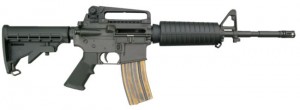 After the military conflicts in Panama, the Persian Gulf and Somalia, the need for a shorter version of the M16A2 again appeared. Colt engineers shortened the barrel back to 14.5″, re-contoured the barrel to mount the M203 grenade launcher and added a modified version of the collapsible, sliding butt-stock of the earlier XM177 (CAR15) rifle.
After the military conflicts in Panama, the Persian Gulf and Somalia, the need for a shorter version of the M16A2 again appeared. Colt engineers shortened the barrel back to 14.5″, re-contoured the barrel to mount the M203 grenade launcher and added a modified version of the collapsible, sliding butt-stock of the earlier XM177 (CAR15) rifle.
Colt also created a new upper receiver using a modular sight mounting system for use on a sub-variant. In August, 1994, both variations were adopted. The M4 in 5.56mm NATO, uses the new barrel and collapsible butt-stock, but was first issued with the standard M16A2 upper receiver and sights to streamline production. However, now it’s made with the new modular flat-top upper receiver.
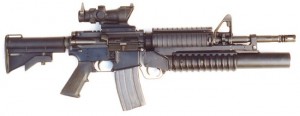 The M4 could be fired either semi-automatically or with three round bursts. The M4A1 uses the new barrel, collapsible butt-stock and the new upper receiver for mounting a wide variety of sights, optics, night vision and IR lasers. It’s also capable of fully-automatic fire, like the M16A1.
The M4 could be fired either semi-automatically or with three round bursts. The M4A1 uses the new barrel, collapsible butt-stock and the new upper receiver for mounting a wide variety of sights, optics, night vision and IR lasers. It’s also capable of fully-automatic fire, like the M16A1.
The military has also been procuring both the M16A3 and M16A4. The M-16A3 and the M16A4 are identical to the M16A2, but both have the modular upper receiver. The M16A3 is capable of fully-automatic fire, like the M16A1, while the M16A4 uses the M16A2’s three-round burst.
Notes
In addition to all the above changes, the most notable is the AR15/M16’s increased reliability. Not 100% reliability, but that’s what we’re going to help you achieve in the continuation of our “How To Keep Your AR Running” series.
Drop a comment, let us know what you think and Stay tuned for more!






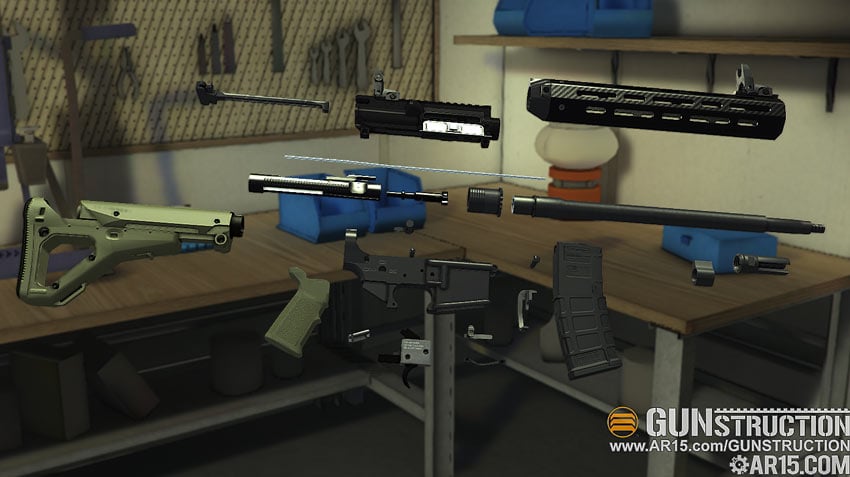
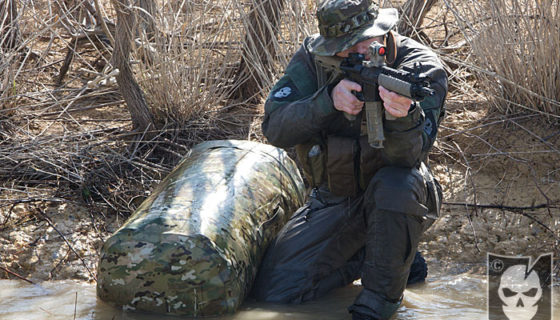
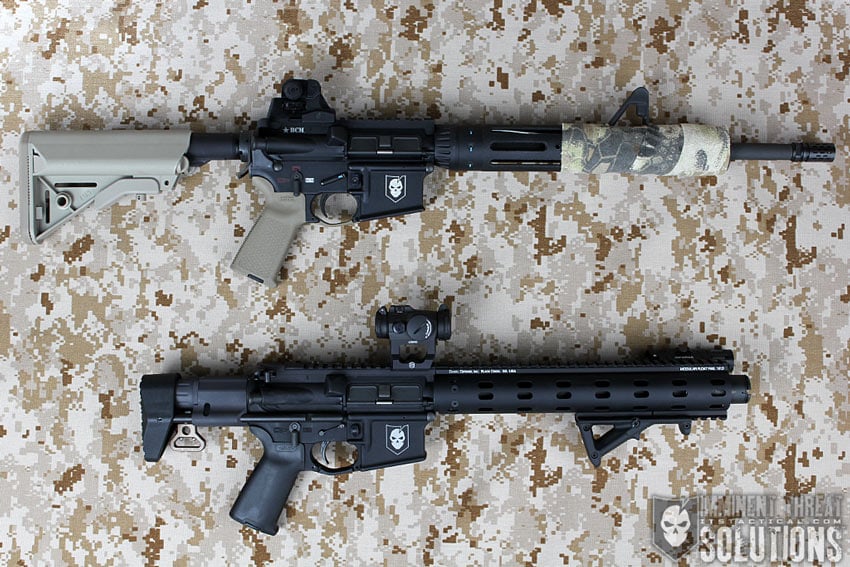
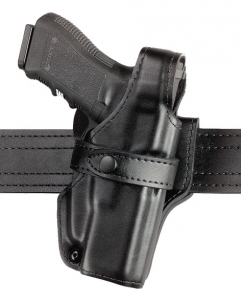

Discussion